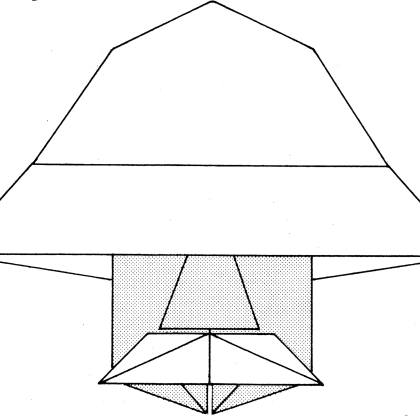Primary tabs
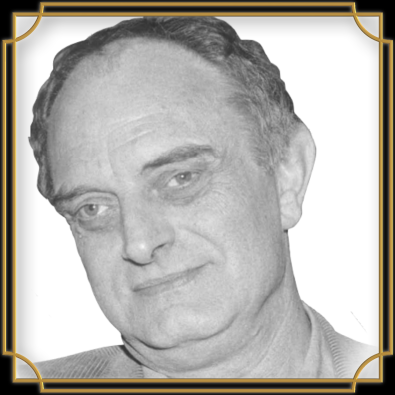
Eric Kenneway
English
United Kingdom
Summary
Eric Kenneway (b. 1930, Islington, London; d. 15 May 1987, Leyton, London, aged 57) was an origami creator, author and translator. He was first attracted to origami as an activity for his work as an art teacher in schools.
He is best remembered for his folded faces (Folding faces: making portraits in paper) and his focus on the folding sequence, believing that an origami model can only truly be appreciated by folding it.
His encyclopedic book, Complete Origami, features facts, history and philosophy related to paperfolding as well as instructions for folding origami. It was published posthumously in 1987.
He was a founder member and a Vice-President of the British Origami Society.
Fun fact Complete Origami makes an unexpected appearance near the beginning of Con Air, the 1997 Hollywood action blockbuster. Whilst in prison, Cameron Poe (Nicolas Cage) obtains a copy of the book and makes a flapping bird.
The Life and Origami of Eric Kenneway
Eric Kenneway was born in London, 1930. His education included Brighton College of Art and Royal Academy Schools where he studied painting and design. He served two years of National Service in North Africa. For a while, in the early 1960s, he made a living by painting and selling hack work when anything connected with London was marketable overseas.
He taught art in a London comprehensive school and was looking for suitable activities for teaching. He became interested in paper folding after seeing Robert Harbin on the television programme Top Score (BBC, 1964) promoting his book Secrets of Origami and recommending Sam Randlett’s Best of Origami. Through Lillian Oppenheimer, he joined the Origami Portfolio Society which was the forerunner of the British Origami Society.
It turned out that origami was not suitable for schools as the chance of failure was too great. Kenneway (1970b) wrote that
Like paper sculpture, origami is more closely related to drawing than to modeling or sculpture in orthodox materials. … Instead of making lines with a pencil or brush they consciously 'Draw' their design with lines made by the edges of the paper (both cut edges and the scored edges where two planes meet). They also curl and roll the paper to make softer forms but nevertheless, paper sculptors largely work by ‘Drawing’ with the edges of their material. … we should learn to draw with the lines made by the edges and creases of our squares of paper.
Kenneway (1974) believed that “It is impossible to judge the value of a piece just by looking at it; origami is for folding and its worth can only be estimated after it has been folded.” John Smith observed, “For him, origami is less an art form than a superior sort of open-ended game.” (Smith, 1972).
He studied Japanese (evening classes ca. 1961-) and was a full-time student at the University of London in the 1970s. This made some Japanese works more accessible as he was able to translate them.
Eric Kenneway wrote books on crafts, amusement for children, and origami. To support his writing career, he did shift work in the evenings at the Jewish Chronicle.
In 1983, after having lived in rented accommodation, he moved to a ground floor flat in Trelawn Road, Leyton, London that had been left to him by an uncle. This was where he died on 15 May 1987.
His copyrights are held by the British Origami Society.
Work and Major Achievements
Major Contribution
Founder and active member of the British Origami Society
Awards
University of London award for his thesis granted him to travel to Japan.
Vice President of the British Origami Society, 1986-7
Sources
The article was written by Tung Ken Lam and drew on the following sources:
Eric Kenneway (1970b), ‘Ori-Comment’, British Origami, 22, August/September 1970, p. 16.
Eric Kenneway (1974b) ‘What Can We Learn From Paper Sculpture?’, British Origami, 45, April 1974, p. 10-11
British Origami, 125, October 1987, p.1-13
John Smith (1972) ‘Profile: Eric Kenneway’, The Origamian, (12) 1, Spring 1972, p. 1-3
Mick Guy (2022) Private communication
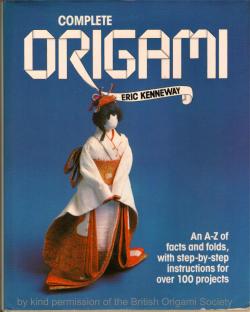 Complete origami
By: igaribi
Complete origami
By: igaribi
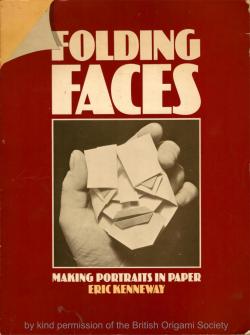 Folding faces: making portraits in paper
By: igaribi
Folding faces: making portraits in paper
By: igaribi
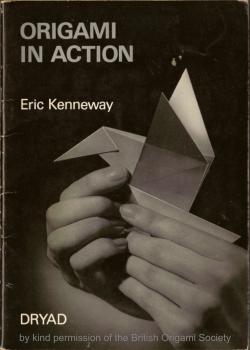 Origami in Action
By: igaribi
Origami in Action
By: igaribi
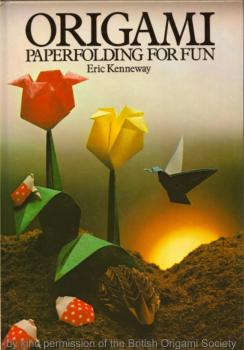 Origami: paperfolding for fun
By: igaribi
Origami: paperfolding for fun
By: igaribi
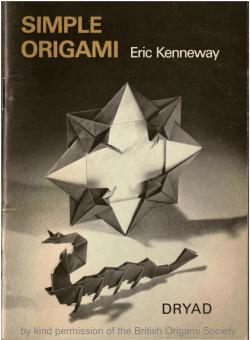 Simple Origami
By: igaribi
Simple Origami
By: igaribi
